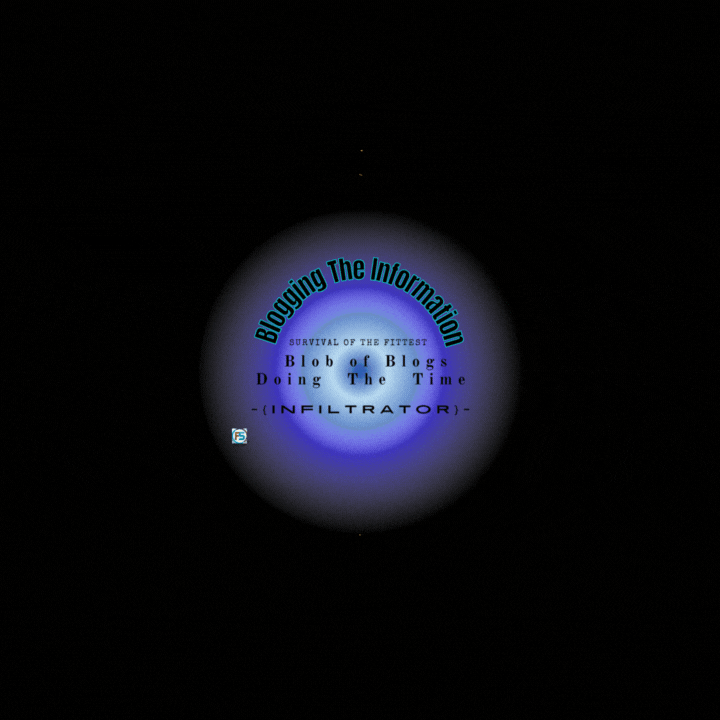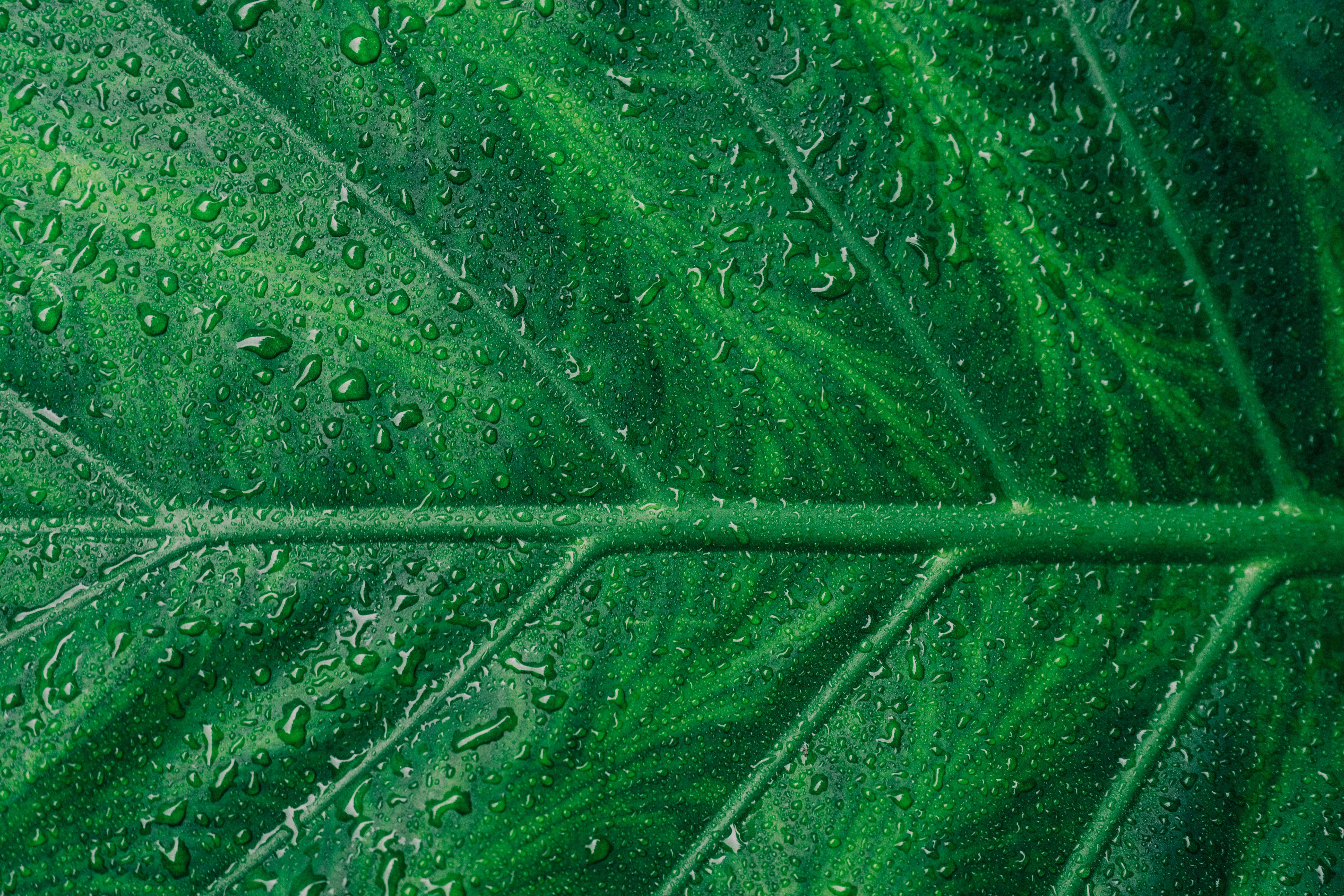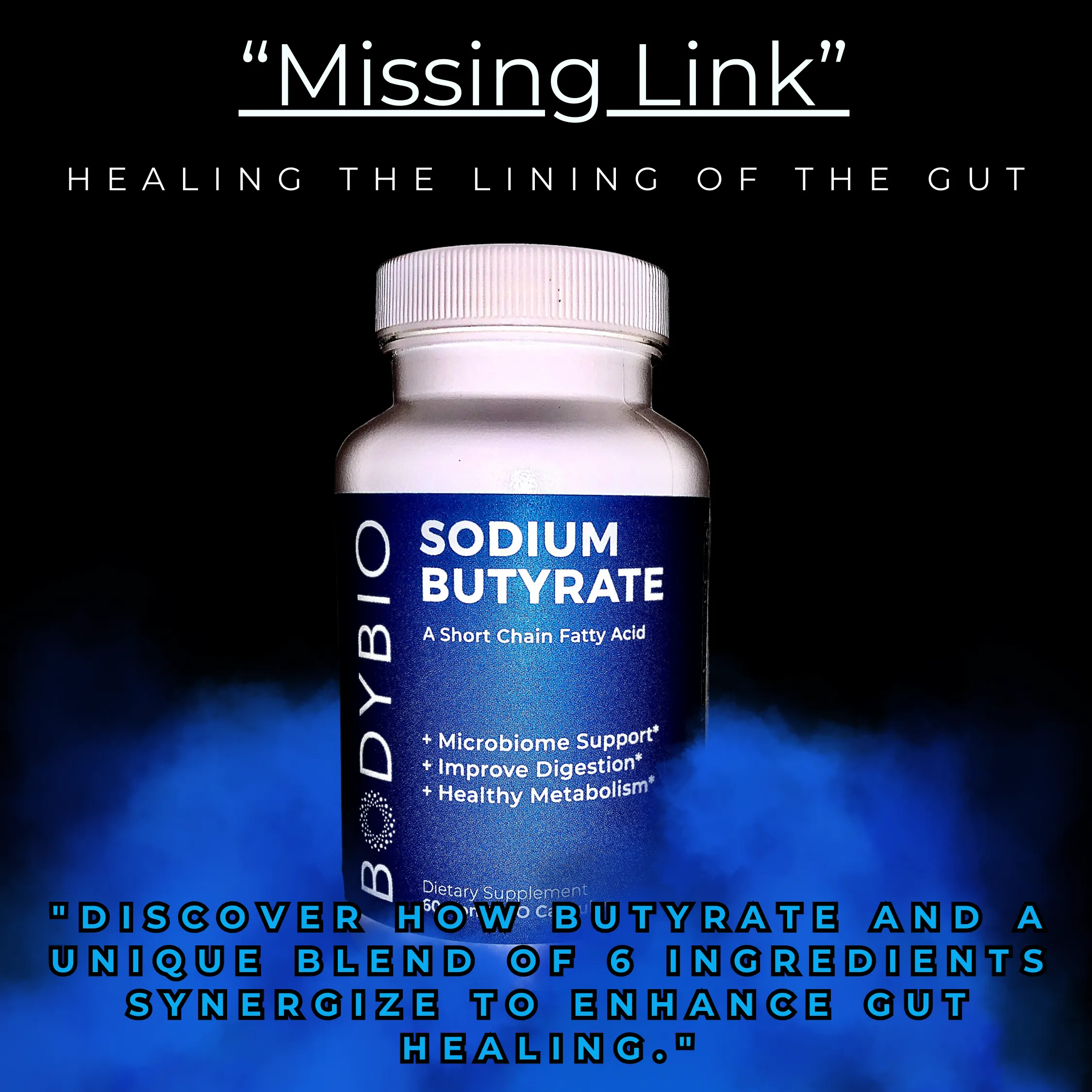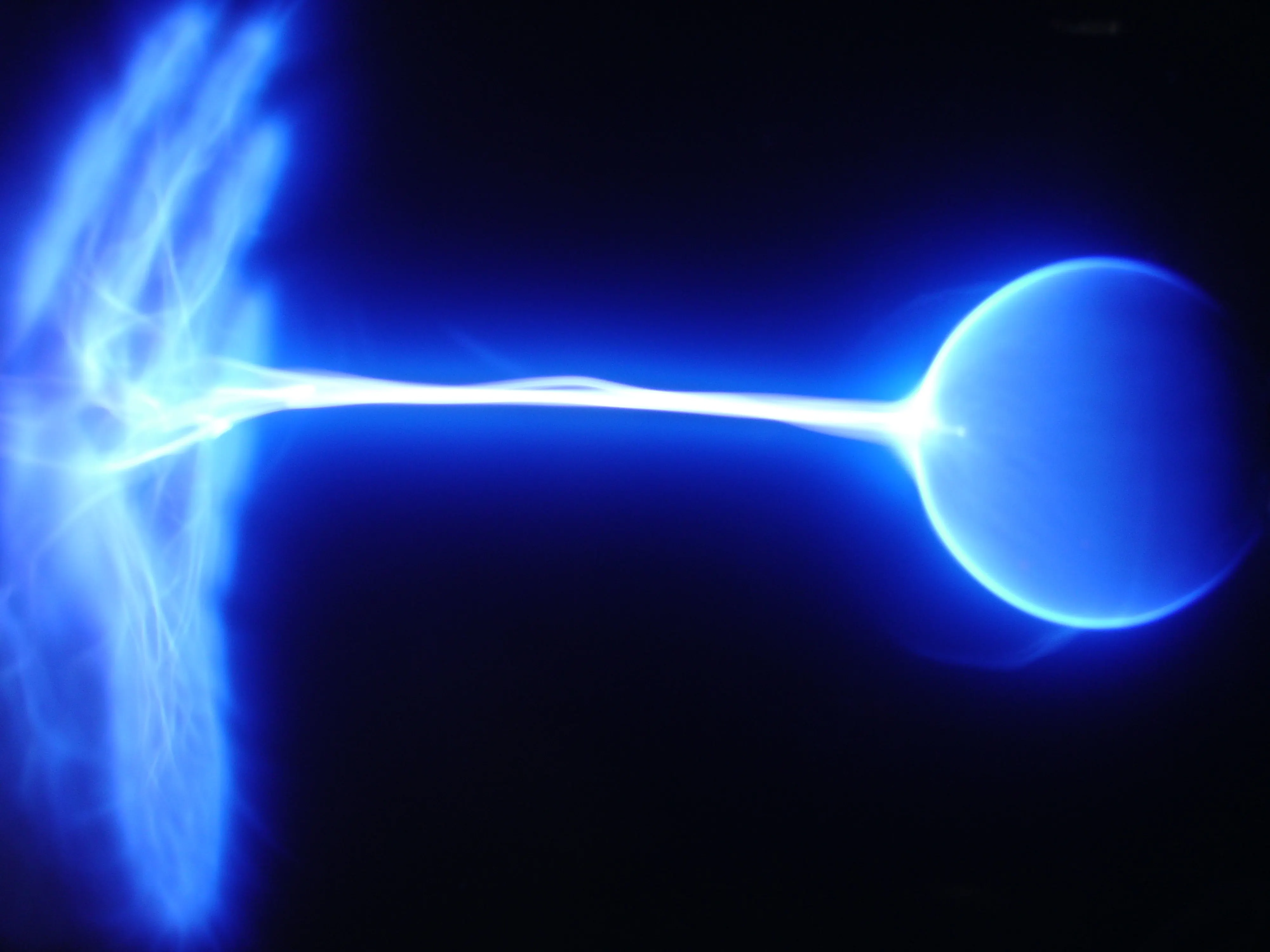Hues of Light & The Benefits of Different Spectrums
GREEN LIGHT:
offers a range of potential benefits that extend across various aspects of health and well-being:
Pain Relief
Green light has been shown to alleviate pain, including chronic pain, migraines, and fibromyalgia. Additionally, it can help mitigate the anxiety and fear that often accompany persistent pain.
Sleep Improvement
Exposure to green light can aid in resetting the body's internal clock, enhancing sleep quality, and regulating the circadian rhythm, which leads to better overall sleep patterns.
Green light therapy may reduce inflammation in the skin, benefiting conditions such as eczema, psoriasis, and acne. It is also effective in diminishing dark spots, age spots, and hyperpigmentation.
Cognitive Function
There is evidence suggesting that green light therapy can assist in mood regulation and may be beneficial for cognitive disorders, including dementia and Alzheimer's disease.
Stress and Anxiety Reduction
Green light therapy can contribute to lowering stress and anxiety levels, which can subsequently improve sleep quality and overall mental well-being.
Conclusion:
green light therapy holds promise for enhancing multiple facets of health, from managing pain and improving skin conditions to supporting cognitive function and alleviating stress. As research continues to explore its full potential, integrating green light therapy into various therapeutic practices could offer a valuable adjunct to conventional treatments, providing a holistic approach to wellness.
Red light therapy is believed to work by energizing the mitochondria in your cells, which are often referred to as the “power plants” of the cell. By boosting cellular energy, red light therapy enhances the efficiency of various bodily processes, such as skin repair, cell growth, and overall rejuvenation.
Potential Benefits of Red Light Therapy:

Skin Health
Red light therapy can address a range of skin issues, including wrinkles, stretch marks, acne, psoriasis, and scars. It also enhances skin elasticity and overall appearance, contributing to a more youthful look.
Muscle and Joint Health
This therapy is effective in relaxing muscles and alleviating pain, stiffness, and spasms. It also helps in reducing joint aches and pains.
Energy Levels
Red light therapy can boost energy levels and enhance mental alertness, making individuals feel more focused and sharper.
Wound Healing
By decreasing inflammation and pain, red light therapy can accelerate wound healing and promote tissue regeneration.
Mental Health
Exposure to red light in the evening can improve mental health by increasing melatonin production, leading to better sleep and enhanced cognitive function.
Anti-Aging
This therapy supports healthy aging by maintaining skin vitality and reducing the visible signs of aging.
Collagen Production
Red light therapy stimulates collagen production, a protein crucial for keeping the skin youthful and resilient.
Conclusion:
While red light therapy offers numerous benefits, including improved skin health, enhanced energy levels, and accelerated wound healing, it is important to note that individual responses can vary. For some individuals, particularly those with specific conditions, red light therapy might influence subjective alertness and emotional states, which could affect sleep patterns either directly or through associated negative emotions. As research continues, integrating red light therapy into health and wellness routines should be approached with consideration of personal health conditions and goals.
Blue Light:
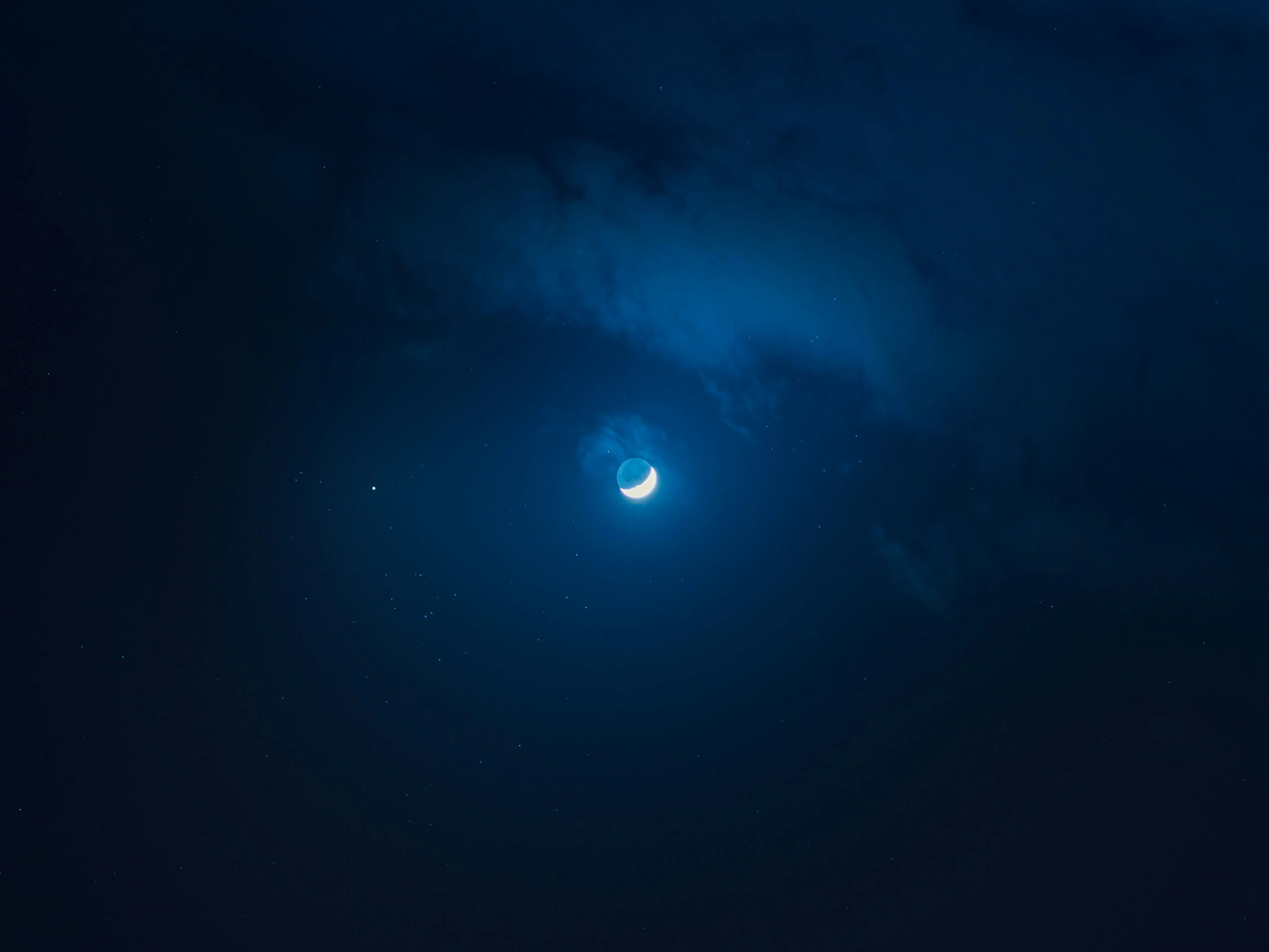
Blue light offers a range of health benefits but also comes with some drawbacks when not managed properly.
Benefits of Blue Light
Regulating Circadian Rhythm, Blue light plays a crucial role in regulating the body’s natural sleep-wake cycle. This regulation is vital for brain activity, hormone production, and cell regeneration.
Improving Alertness
Exposure to blue light can enhance alertness and improve reaction time, making individuals more responsive and focused.
Boosting Mood
Blue light has been shown to elevate mood and can be beneficial in treating depression, potentially offering a non-pharmacological approach to mental health support.
Improving Memory and Cognitive Function
Blue light can contribute to better memory and cognitive function, supporting overall mental performance.
Supporting Eye Development
Natural sunlight, which contains blue light, is essential for the healthy growth and development of eyes and vision in children.
Treating Skin Conditions
Blue light therapy can effectively treat acne, sun spots, and scars from acne. It is also used in the treatment of actinic keratosis, a pre-cancerous skin condition.
Drawbacks of Blue Light:
Disrupting Sleep-Wake Cycle
Excessive exposure to blue light, particularly from digital devices in the evening, can interfere with the body’s natural sleep-wake cycle. This is because blue light suppresses melatonin production, a hormone crucial for regulating sleep. Disrupted sleep can lead to difficulties falling asleep, reduced sleep quality, and subsequent daytime fatigue.
Eye Strain
Extended exposure to blue light from screens can contribute to digital eye strain, characterized by symptoms such as decreased contrast and visual discomfort.
Conclusion:
Blue light offers significant benefits, from regulating circadian rhythms and improving mood to enhancing cognitive function and treating various skin conditions. However, managing exposure is crucial, especially in the evening, to prevent disruptions in sleep patterns and mitigate digital eye strain. Balancing blue light exposure with strategies to minimize its drawbacks can help maximize its benefits while maintaining overall well-being.
Yellow Light:

Yellow light therapy has a range of benefits for the human body, particularly in relation to skin health and overall wellness.
Skin Health & Reducing Redness
Yellow light therapy helps diminish redness and flushing of the skin.
Treating Rosacea
It can be effective in treating rosacea and other skin irritations.
Reducing Wrinkles
This therapy aids in reducing wrinkles and fine lines, contributing to a more youthful appearance.
Treating UV Damage
It can mitigate the effects of UV radiation damage, helping to repair skin compromised by sun exposure.
Treating Various Skin Conditions
Yellow light is beneficial for conditions involving redness and irritation.
Reducing Dark Spots
It helps lighten and reduce the appearance of dark spots.
Reducing Swelling and Inflammation
The therapy can decrease swelling and inflammation, improving overall skin comfort.
Enhancing Skin Hydration
Yellow light promotes better skin hydration, leading to a more supple complexion.
Firming and Smoothing Skin
It contributes to firmer and smoother skin texture.
Accelerating Skin Healing
Wounds can heal faster with yellow light therapy.
Boosting Collagen Production: It stimulates collagen production, which supports skin elasticity and firmness.
Brain Activation
Activating the Brain
Yellow light has been noted to activate certain brain functions, potentially improving cognitive processes.
Conclusion:
Yellow light therapy offers a comprehensive approach to enhancing skin health, addressing issues such as redness, wrinkles, and UV damage. Its soothing effects extend beyond the skin, helping to reduce inflammation and swelling, while also boosting skin hydration and collagen production. Additionally, the potential for brain activation adds an intriguing dimension to its benefits. Overall, yellow light therapy can be a valuable tool for those seeking to improve their skin's appearance and health, making it a popular choice for various dermatological and aesthetic treatments.
Brown Light:

Brown is a warm, neutral color that can make people feel safe, secure, and comfortable. In the context of love, brown can symbolize closeness and affection.
Warm light, which has a yellowish hue, can also help people relax and increase productivity. It can create a cozy atmosphere that's similar to a candle-lit room.
Purple Light:
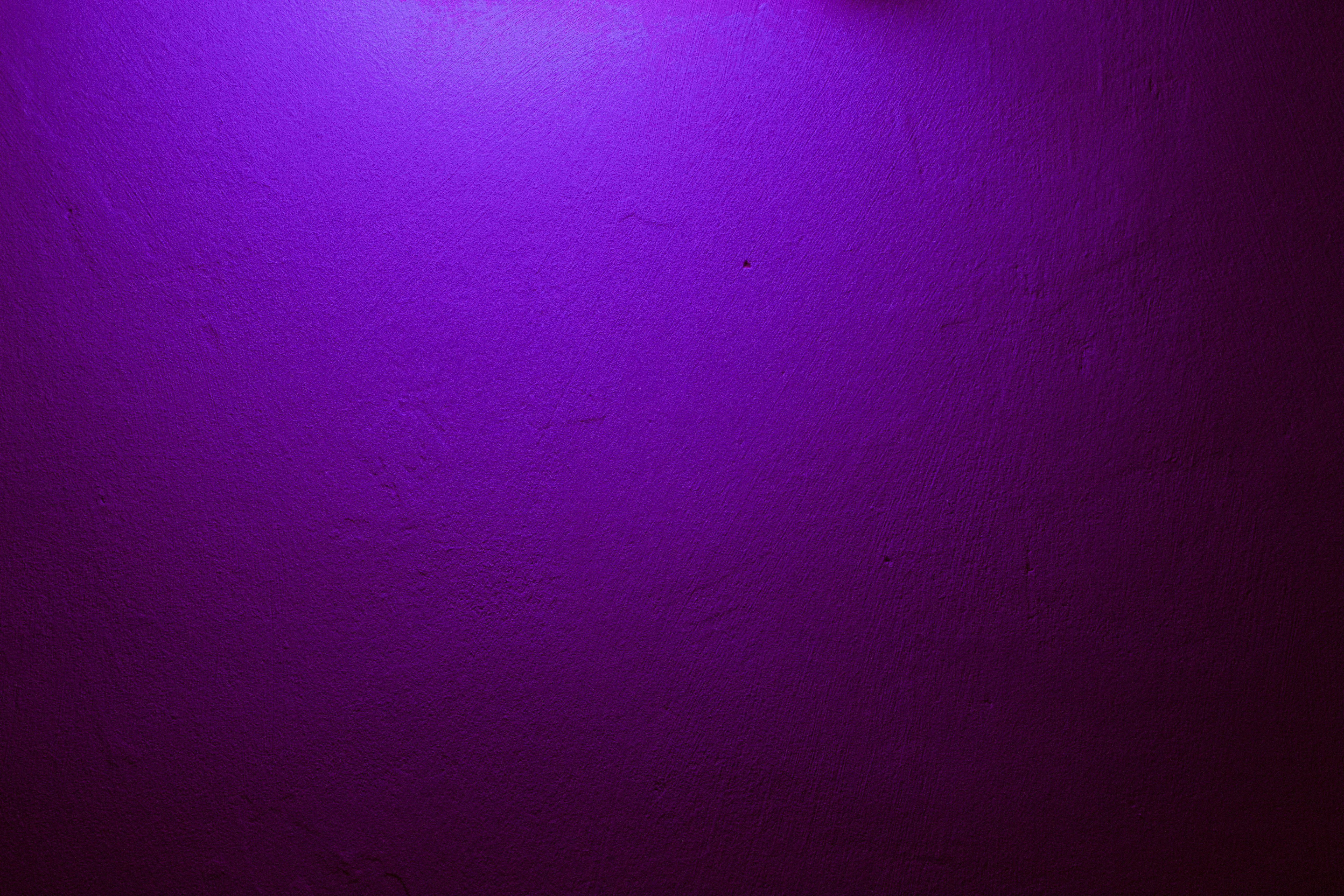
Purple light can have a variety of effects on humans, including:
Skin care
Purple light LED therapy can help with skin tone, wrinkles, and inflammation. It can also help with acne, healing, and collagen production.
Mood
Purple light can create a peaceful environment that's often used in meditation spaces. It's associated with relaxation, calmness, and sleep.
Safety
Purple streetlights can be a safety hazard because they can make it harder for people to see obstacles, read signs, and understand traffic signals.
Brain activity: Light can cause immediate changes in brain activity, and purple light is one type of light that can do this.
Bone formation
Some studies have found that purple light can improve bone formation.
Hair regrowth
Some studies have found that purple light can promote hair regrowth.
However, it's not recommended to use purple light late at night, and it's best to use it in the morning and afternoon. The science of purple light is still in its early stages.
Improved Skin Tone
LED purple light therapy can help even out skin tone and reduce the appearance of age spots and hyperpigmentation.
Reduced Inflammation
The purple light used in this therapy has anti-inflammatory properties, making it useful in reducing skin redness and swelling
Regular light, especially natural light, has many benefits for humans, including:
Vitamin D production
Natural light helps the body produce vitamin D, which is essential for absorbing calcium and maintaining bone health.
Improved sleep
Natural light helps regulate sleep cycles by signaling the body to produce melatonin.
Better mood
Natural light can help boost mood by increasing the brain's production of serotonin, which can help reduce stress and anxiety.
Increased productivity
Natural light can help people feel more energized and motivated, which can help them complete tasks more efficiently.
Improved focus
Natural light can help people focus and increase their attention span.
Improved eye health
Vitamin D is important for maintaining eye health.
Conclusion:
Exposure to natural light helps our bodies produce Vitamin D, improves our circadian rhythms and sleep patterns, helps us to focus, enables us to get more done, and even makes us happier. Ensuring we get enough of this vital resource is key to our physical and psychological wellbeing.
Here are some ways to Protect yourself from harmful rays of light:
- Protect yourself from blue light at night.
- Use dim red lights for night lights.
- Red light is less likely to shift circadian rhythm and suppress melatonin.
- Avoid looking at bright screens beginning two to three hours before bed.
- If you work a night shift or use a lot of electronic devices at night, consider wearing blue-blocking glasses or installing an app that filters the blue/green wavelength at night.
- Expose yourself to lots of bright light during the day, which will boost your ability to sleep at night, as well as your mood and alertness during daylight.
